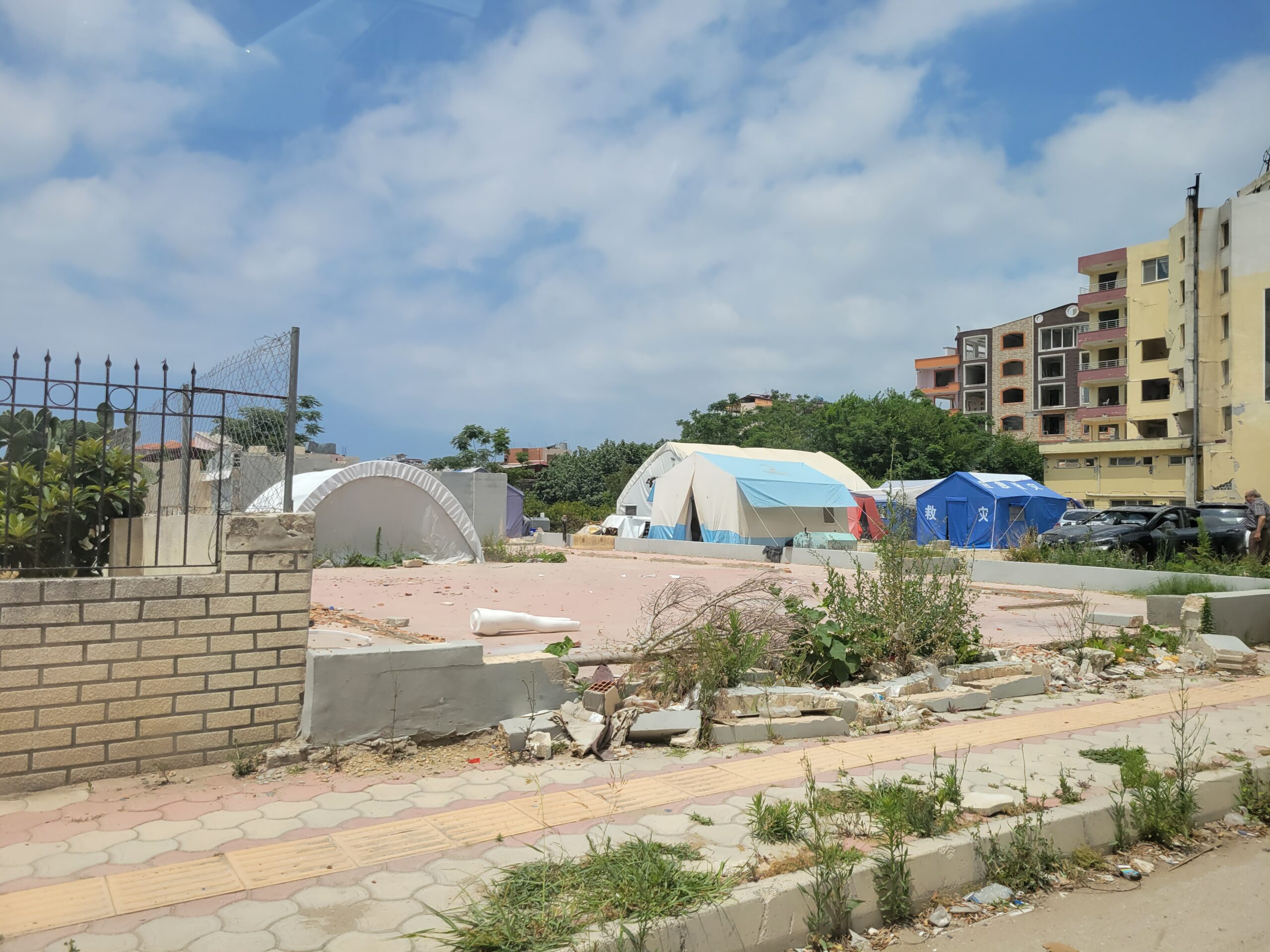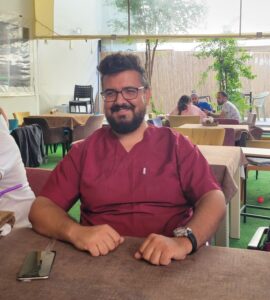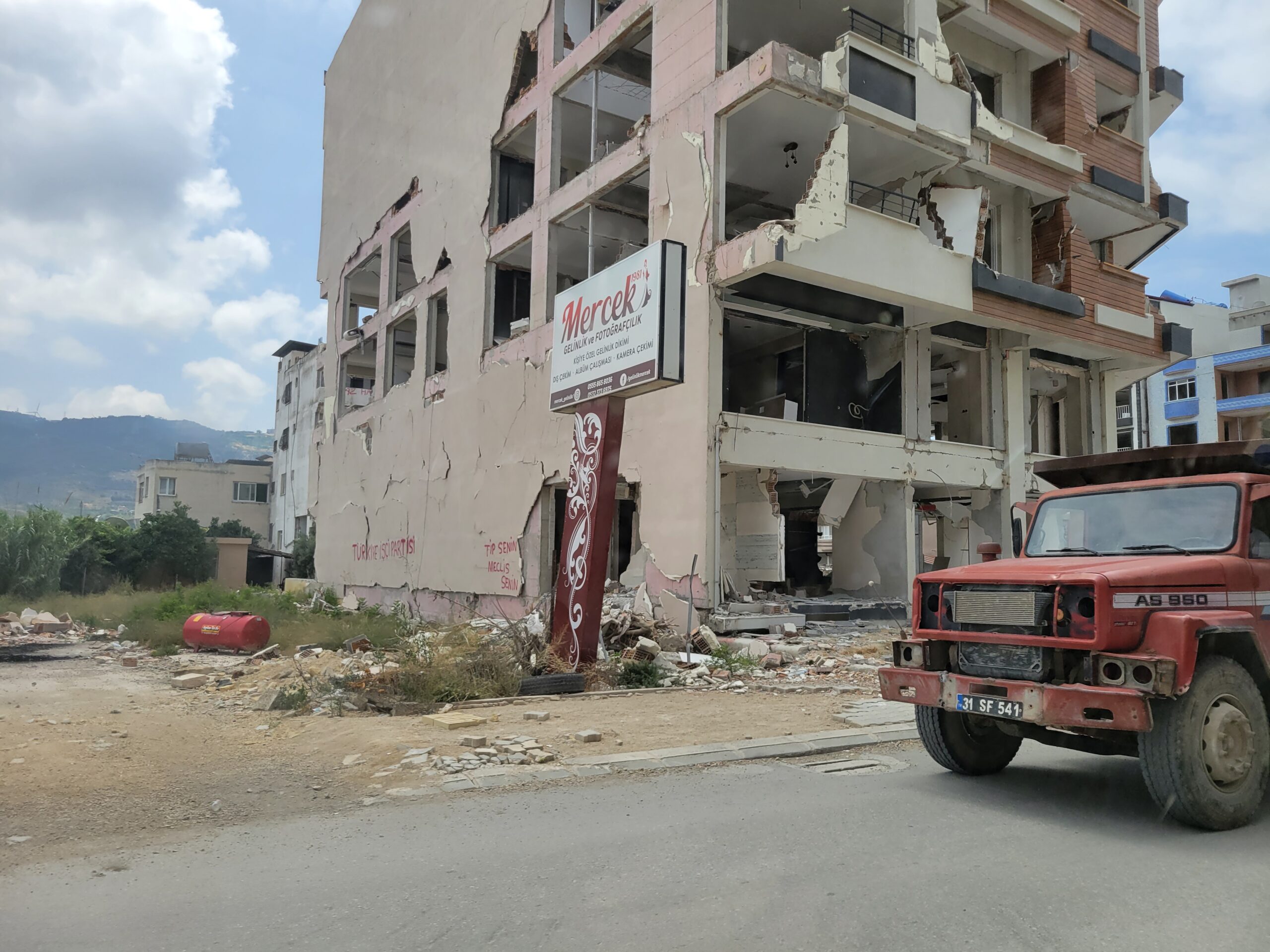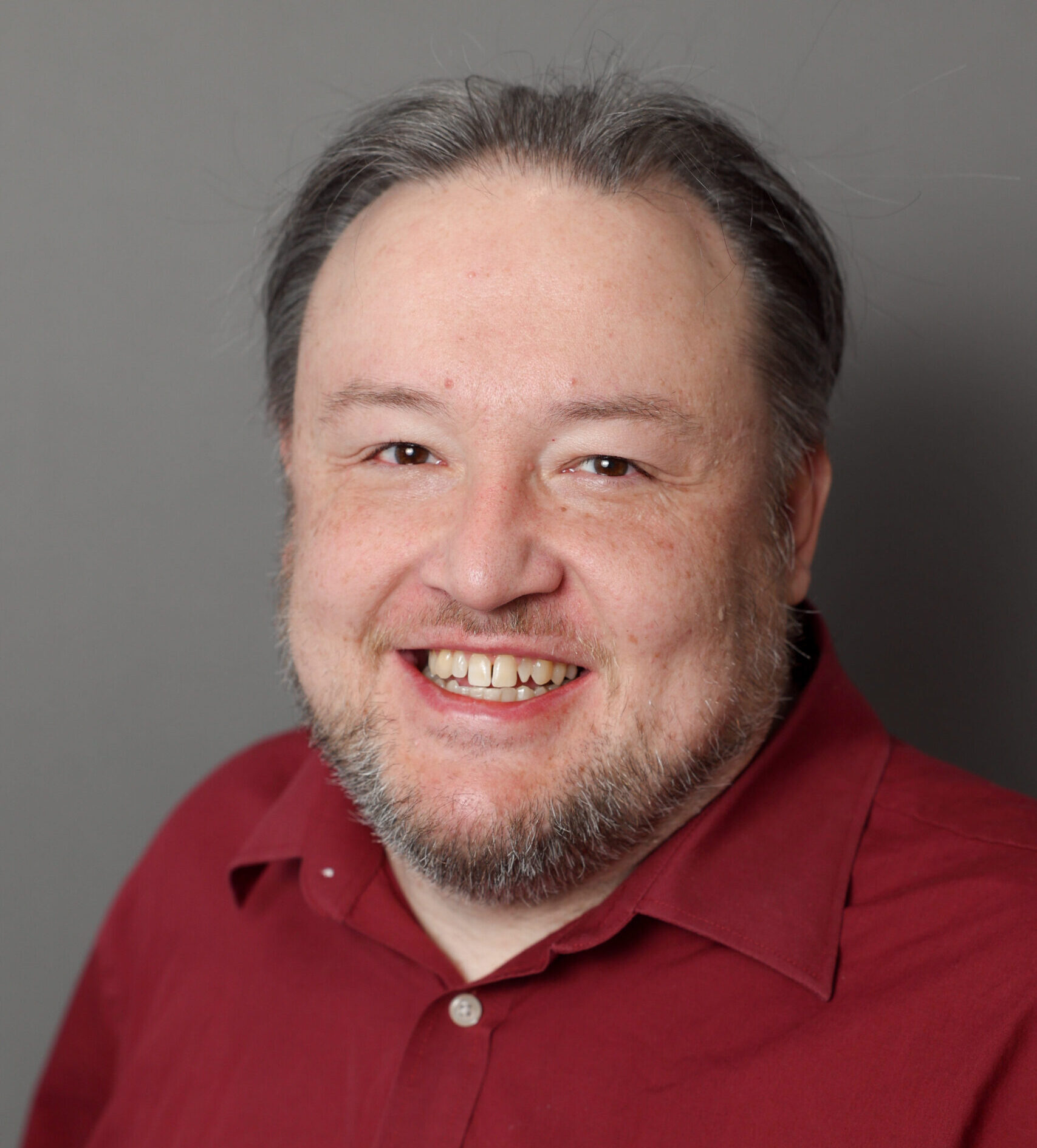How do you recover from a massive earthquake? What’s next in Turkey and Syria?

Most of us take certain things for granted, things that are part of what we consider a normal life. Things like access to power and water, a certain level of access to healthcare, basic shelter, and access to education or work.
And a major disaster can destroy or impair all of those. But how do you actually recover and return to some level of “normalcy”? How do you return to some form of lifestyle that starts to feel like home again?
I recently visited an earthquake-devastated area in southern Turkey, the province of Hatay (Ha-tie), which includes the city of Antakya (historic Antioch). The city has a history dating back to the bronze age. More recently, it’s been a popular tourist destination for both the history and the Mediterranean Sea beaches.
But Hatay is also very close to the border with Syria, and even before the earthquake, the area was already feeling the impact of a humanitarian crisis. The Syrian war forced many refugees across the Syrian border into Turkey. Of the over three million total in Turkey, there are approximately 350,000 Syrian refugees in the Hatay area.
While some refugees live in tent cities away from city centers, cared for by international aid groups like UNHCR and other organizations that CDP is proud to support. Before the earthquake, many refugees had become entrepreneurs building a life in Turkey.
But then the Turkey-Syria earthquake devastated the area on Feb. 6. There are few tourists anymore, and much of the local population struggles to gain some livelihood.
We’ve all seen the news stories of dramatic rescues and the outpouring of support. There has been a massive international and domestic effort to provide relief for this area and others that were hit so hard—the basics like food assistance, tents for shelter and some emergency health care.
But that has left many wondering, “Now what?”

Tent cities have sprung up. Massive amounts of rubble are being processed. Many utilities are somewhat stabilized.
And local communities are working to organize and provide what they can for their populations. Even if they have to do it themselves, often on a volunteer basis or whatever the community can provide.
One example is Lider Miçooğulları. Lider worked in physical therapy at a local hospital before the earthquake. He treated patients with special needs daily and had the proper tools and equipment.
The earthquake changed everything.
Many people were injured, and many tragically lost limbs in the disaster, according to Lider.
“So many people lost their limbs and got amputation surgery,” he said. “And the hospitals collapsed, and there was a huge amount of people that need special care.”
And, of course, when the hospitals were destroyed or damaged so severely that they could not be used anymore, that also meant that Lider was out of his job.
The government and aid agencies supported many surgeries for those who lost limbs, often taking them hours away to crowded hospitals outside the disaster zone. But those hospitals have difficulty supporting recovery services, like physical therapy, according to Lider. They’re far away and busy servicing a much larger region than normal, so they’re difficult to access for many.

A gap in needs
Since Lider doesn’t have a job anymore but has vital, much-needed skills, he’s working to give back to the community. And as he doesn’t have a hospital to work in, he’s practicing traditional care — the house call.
He’s not just working with recent amputees but with anyone who has physical therapy needs. Some have been disabled for years and have lost access to the care they had before the earthquake. He does what he can outside a hospital, but it can be challenging.
“I’ve been using my own equipment that costs about 50,000 Lira (about $2,000 USD),” he said. “I have applied for some grants to get more equipment.”
But it’s often about more than just providing the needed service.
“It’s not only the physical issues, but also issues from isolation and social support,” he said. “Biopsychosocial. Culture is important.”
Working with Lider can often be one of the few times people meet with someone outside their family unit.
And the need just isn’t for Hatay natives; there’s also a great need in local Syrian refugee camps.
“I’ve been building a strong network in this sector, and I give workshops,” he said. “I’m active in Hatay with networks and community. Normally it’s hard to get permission to visit camp areas, but I can go in due to connections.”
Lider is currently seeking a grant to help with better equipment. “I would like different equipment for rehabilitation. Equipment for blood circulation, muscles easing the pain, electrotherapy, and equipment to help muscles adapt to a prosthesis.”

Local support of those on the front lines
Lider’s story isn’t unique. Many in the earthquake-devastated areas are pulling together to provide support and rebuild their communities to regain a sense of normalcy. But it can be hard for them to find help when so much of the nonprofit funding focuses on relief (the immediate needs of food and shelter) and not recovery.
And as donations slow, as they always do after a disaster, it can take years for a community to recover fully. That recovery is often significantly underfunded as the world shifts focus to immediate relief for the next disaster.
This is why recovery funding is so critical. And why supporting local groups who are already on the ground working in their communities is one of the best ways to create real, long-term recovery.
That is the main reason CDP focuses on medium- and long-term recovery, to fill that need gap, like the one in Southern Turkey and Northern Syria. Join CDP in helping earthquake-affected communities recover.
The situation inside Syria has even more challenges
- 10 years of war have left a nation with a divided government between multiple factions.
- The earthquake made the situation far worse, with 15.3 million needing humanitarian assistance.
- Different government factions make creating agreements for relief difficult, and the current amount of relief is far too little.
- Roads and utilities in Syria are often damaged and unstable as governments focus funding on war.
- Most vulnerable and at-risk groups fare even worse. Groups like LGBTQIA+, youth, women and girls, older adults, people with disabilities, and others often find it extremely difficult to meet basic living needs, much less recovery needs.
- Local groups work to deliver aid, but funding and access to resources are still a challenge.
Check out our disaster profile to learn more about the humanitarian crisis in Syria.
